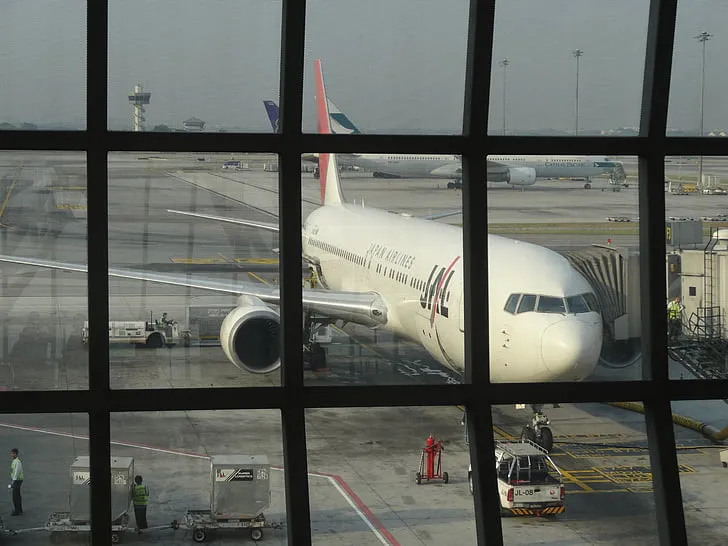You may already be familiar with air travel, but flying in China might differ from your previous experiences. Here’s a detailed guide to flying in China, so you can compare it with your past journeys.
Traveling by plane in China is a convenient and efficient way to explore this vast country. From ticket booking to landing at your destination, this guide covers every step of the process, ensuring a smooth and stress-free journey.
1. Pre-Flight Preparations
1.1 Book Your Ticket
- Where to Book: Purchase tickets via airline websites, mobile apps, or at airport counters. Online booking platforms such as Ctrip and Trip.com often offer multilingual services.
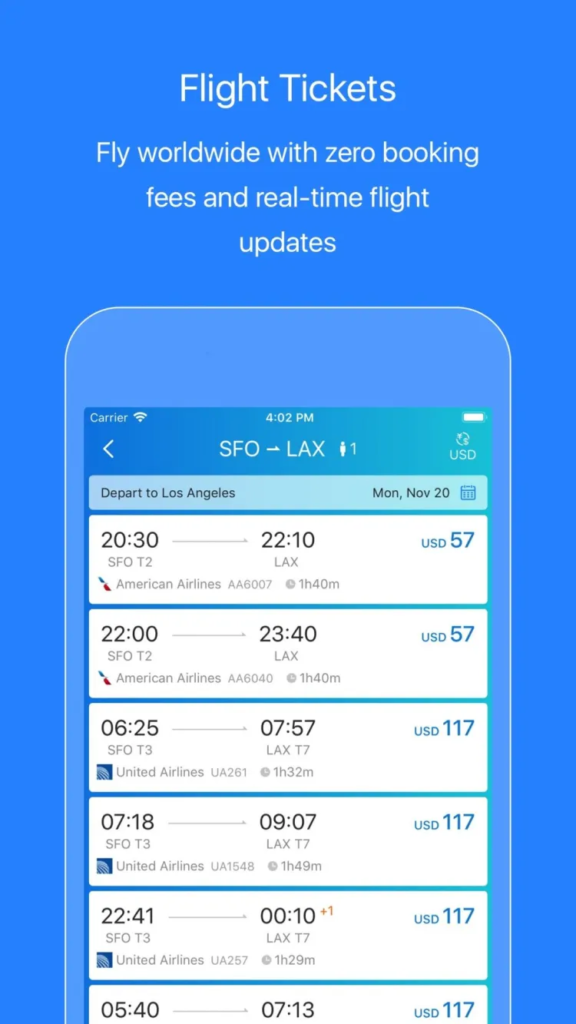
- Key Details to Check: Confirm your name, ID or passport number, flight number, and baggage allowance during booking. Domestic economy class tickets typically include 20kg of checked luggage.
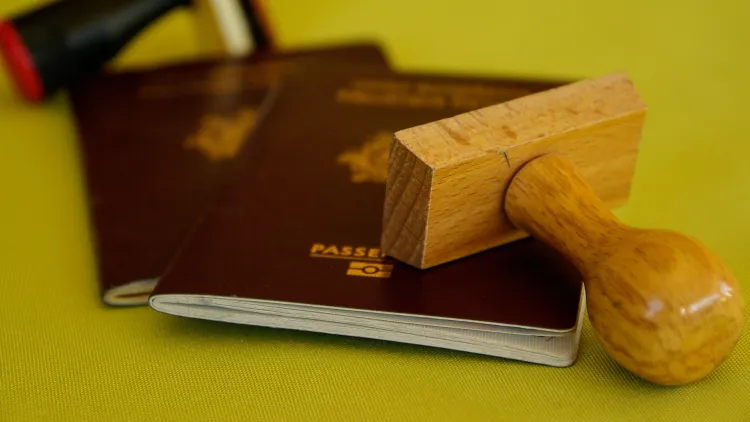
- Tips: Compare prices across dates and booking platforms as flight prices fluctuate frequently.
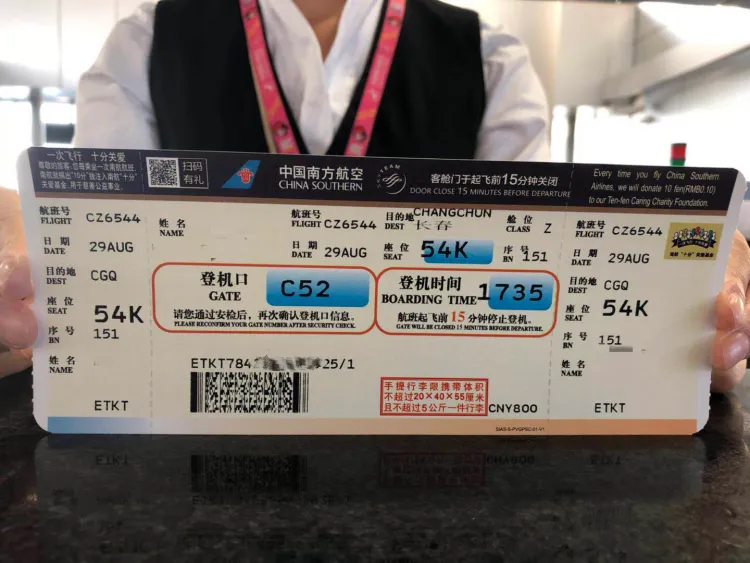
1.2 Confirm Flight Details
- Double-check your flight number, departure time, and terminal information. Many Chinese airports have multiple terminals, so verifying this information is crucial.
1.3 Prepare for Your Destination
- Check the weather at your destination to pack appropriately. For colder regions, keep essential clothing like jackets in your carry-on for easy access.
1.4 Arrive Early
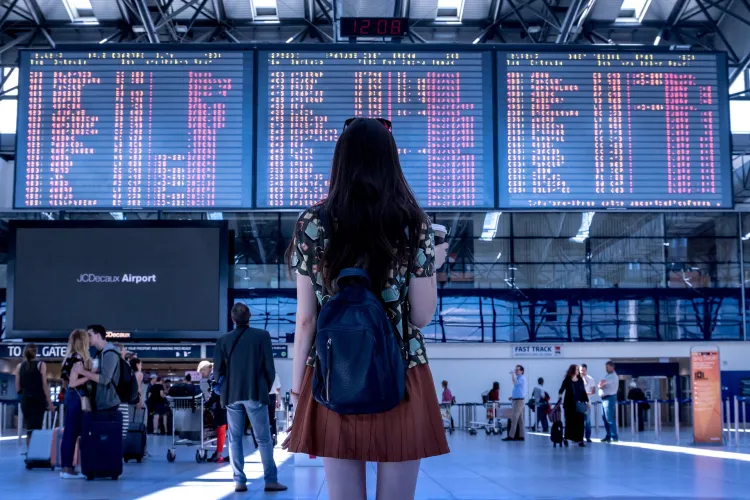
- For domestic flights, arrive at least 2 hours before departure.
- For international flights, arrive 3 hours early to account for additional security checks and procedures.
2. At the Airport
2.1 Check-In
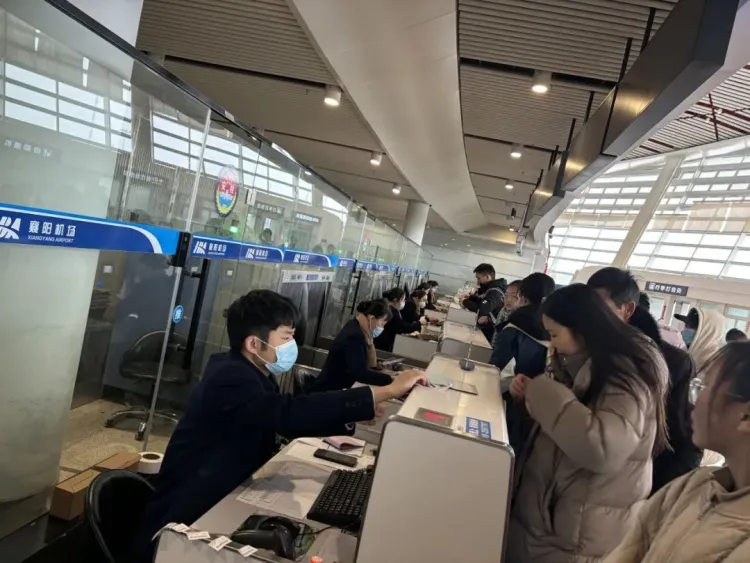
- Methods:
- Use airport counters for in-person check-in.
- Opt for online or mobile app check-in for faster processing.
- Self-service kiosks are available for passengers with no checked luggage.
- Documents Needed: Bring your passport (or ID for domestic flights) and ticket confirmation.
2.2 Baggage Policies
- Carry-On: Typically limited to a bag of 20 inches or smaller.
- Checked Luggage: Economy class usually allows 20kg for free, with additional weight subject to fees.
- Prohibited Items:
- Liquids over 100ml.
- Sharp objects (e.g., scissors, knives).
- Power banks exceeding 100Wh (must be in carry-on, not checked luggage).
2.3 Security Screening
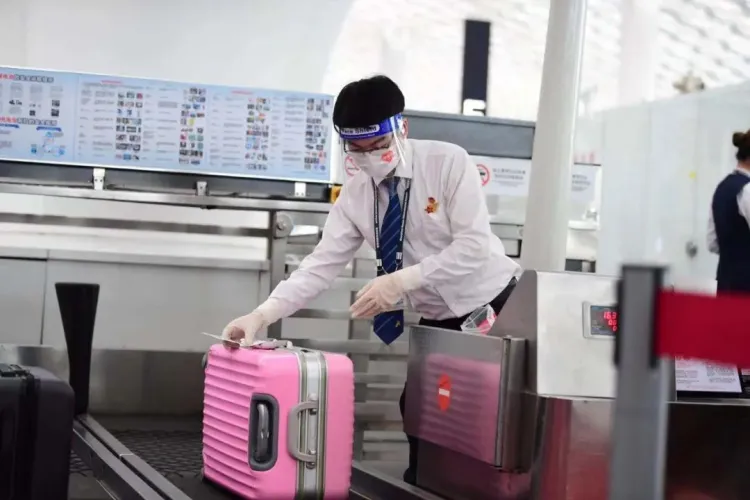
- Prepare to remove:
- Electronics (e.g., laptops, power banks).
- Outerwear (e.g., coats and scarves).
- Liquids must be under 100ml per container and placed in a transparent, resealable bag.
- Avoid carrying prohibited items like flammable materials, live animals (unless pre-approved), or strong magnets.
2.4 Locate Your Boarding Gate
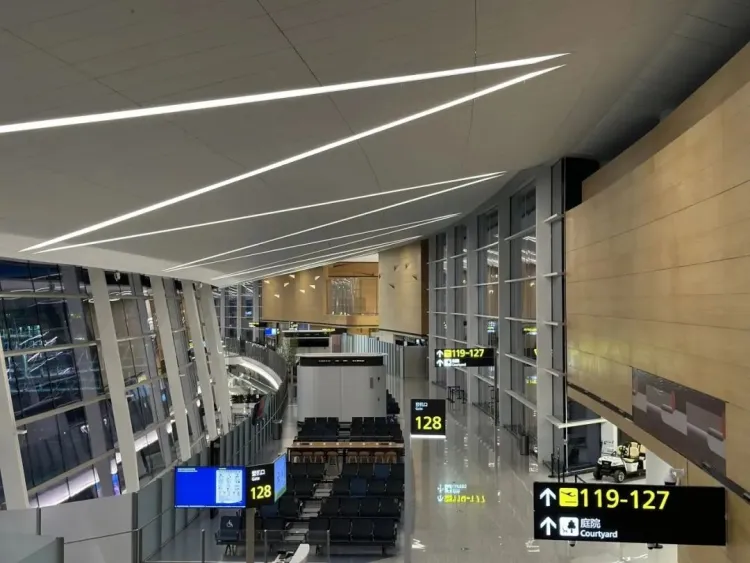
- Use airport signage, often in multiple languages including English and Chinese, to find your gate. Pay attention to boarding announcements and screen updates, as gates can change.
3. During the Flight
3.1 Boarding
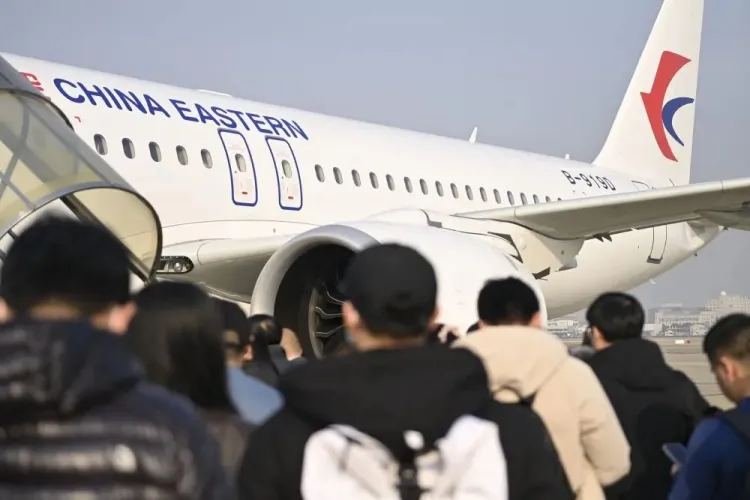
- Follow the boarding process as indicated on your ticket:
- Priority boarding for first-class and business-class passengers.
- Economy-class passengers board by row or group.
- Present your boarding pass (physical or digital) and passport for verification.
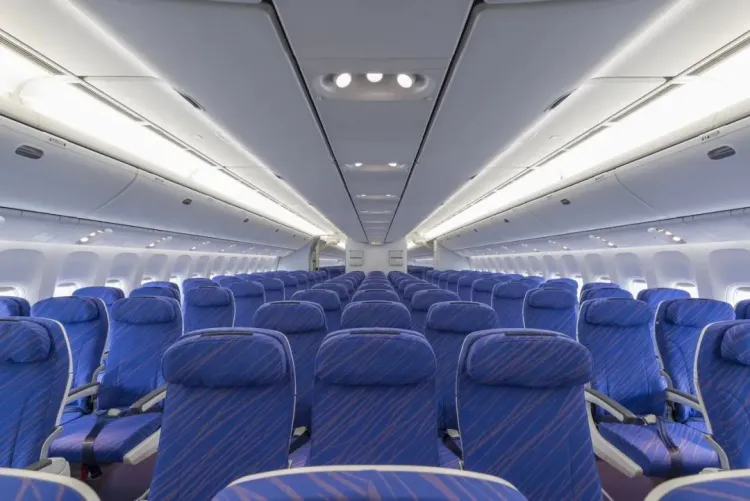
3.2 Onboard Etiquette
- Place larger carry-on items in the overhead bin and smaller items under the seat in front of you.
- Switch your phone to airplane mode once onboard. Charging stations may be available on some aircraft, but power banks are not to be used during the flight.
- During takeoff and landing, follow crew instructions and fasten your seatbelt.
3.3 In-Flight Comfort
- Use a neck pillow for better rest.
- Stay hydrated by drinking water offered during the flight.
- Notify the cabin crew if you experience any discomfort.
4. Arrival and Post-Flight Procedures
4.1 Exiting the Plane
- Wait for crew instructions to disembark. Follow the signs to the baggage claim area.
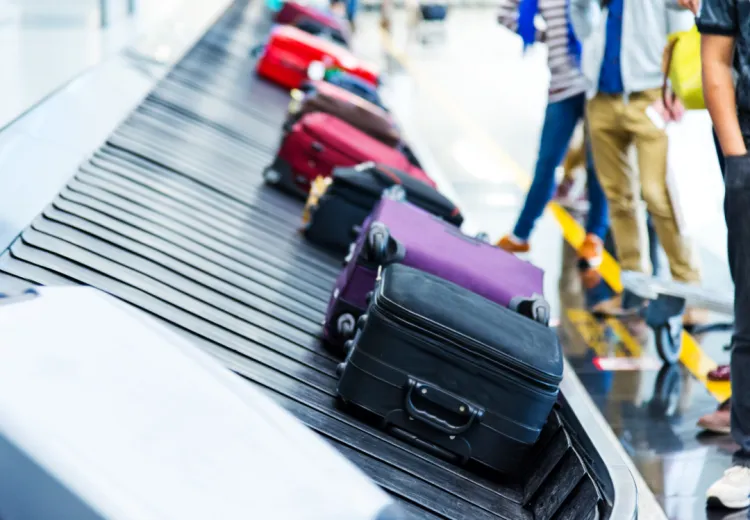
4.2 Collect Your Luggage
- At the baggage claim area, match the tags on your luggage with your baggage claim ticket.
- If you cannot locate your luggage, approach the airline’s service desk for assistance.
5. What to Do If Your Flight is Delayed
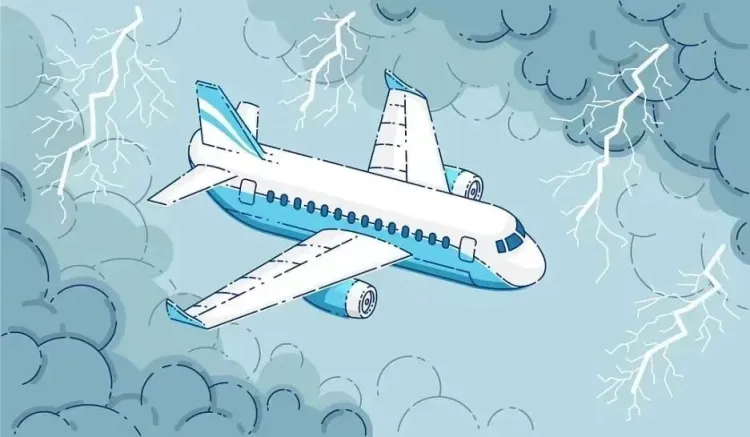
5.1 Airline Responsibility
- Mechanical Issues: Airlines must provide free meals and accommodation.
- Weather-Related Delays: Airlines assist with rebooking, but costs for meals or accommodation are typically borne by passengers.
- Air Traffic Control: Delays caused by airport congestion will be communicated to passengers by the airline.
5.2 Stay Updated
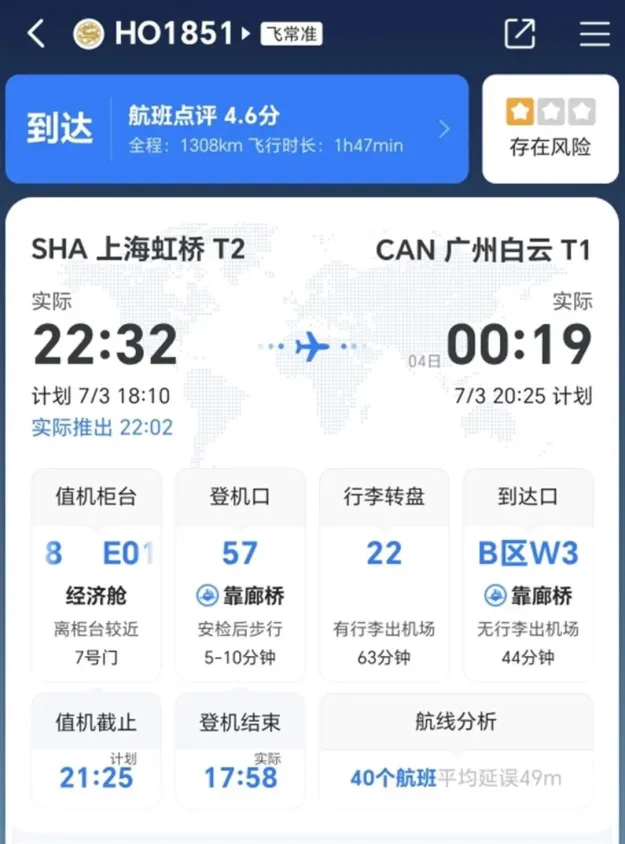
- Use apps like “Feichangzhun” (Flight Status) to monitor real-time updates about your flight, including gate changes, delays, and boarding times.
6. FAQs for Foreign Travelers
6.1 Can I Bring Electronics on the Plane?
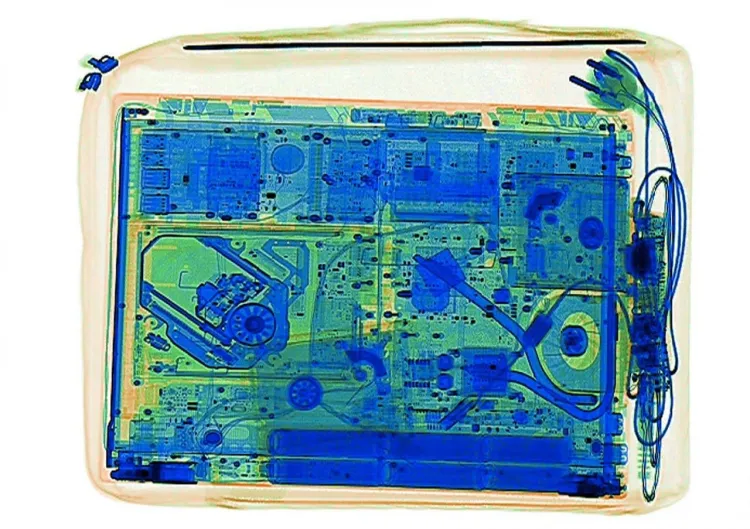
Yes, commonly used electronics like phones and laptops are allowed. However, power banks exceeding 100Wh are prohibited in checked luggage and must be carried onboard.
6.2 Are Liquid Toiletries Allowed?
Each container must not exceed 100ml and all containers must fit into a single 1-liter resealable plastic bag. Ensure the bottles themselves are under 100ml, regardless of the liquid amount inside.
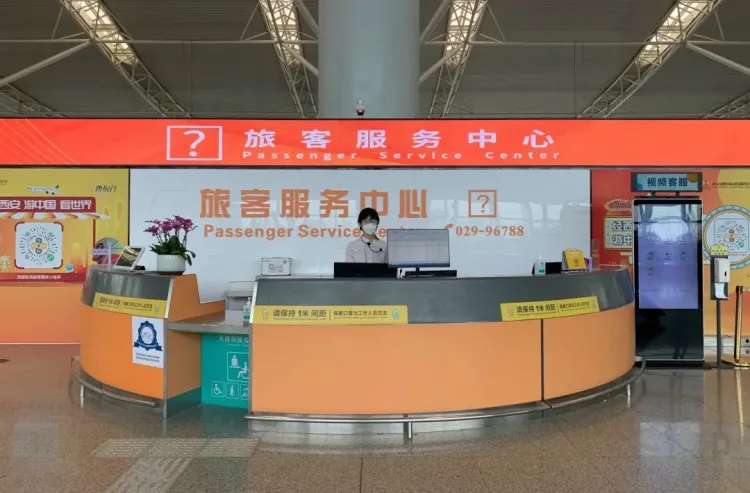
6.3 Is Assistance Available in English?
Airport staff and airline crew are generally bilingual in Chinese and English. If you need help operating self-service kiosks or navigating the airport, approach the service desks.
Pro Tips for First-Time Flyers in China
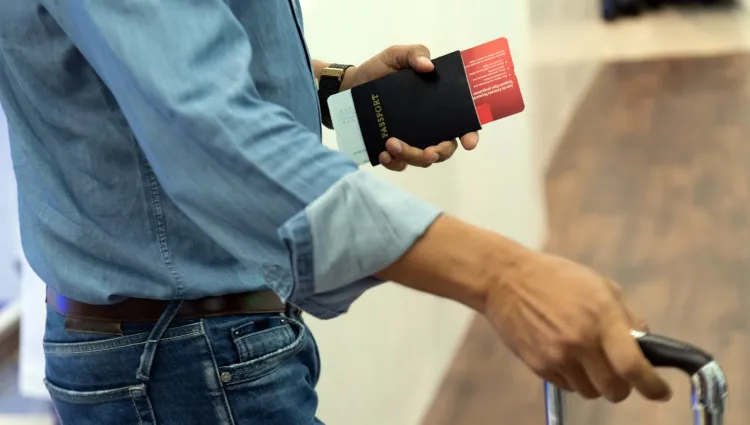
- Keep Essentials Handy: Passport, ticket, and important documents should be in an easily accessible bag.
- Prepare for Security Checks: Have your electronics and liquids ready for inspection to speed up the process.
- Know Your Rights: Familiarize yourself with airline delay policies, especially regarding meals and accommodation.
With proper preparation and awareness, flying in China can be a hassle-free and enjoyable experience. Bon voyage!
